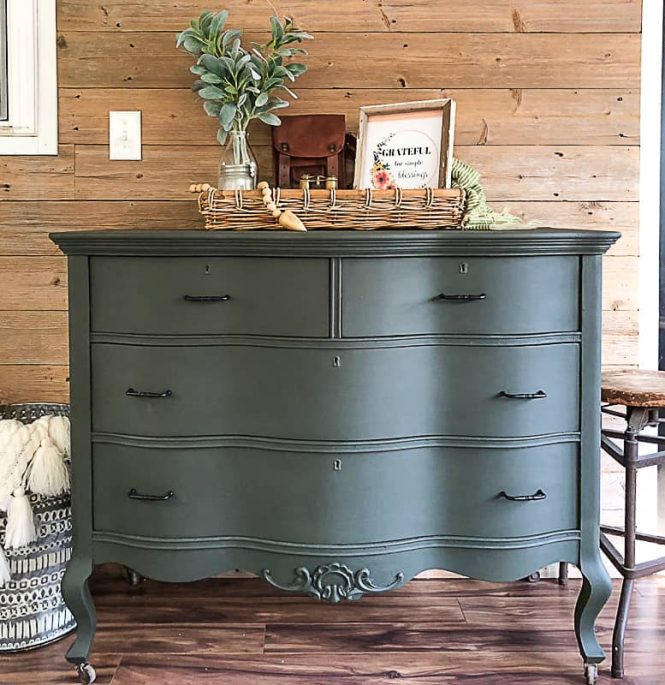

Furniture finish peeling is a common problem that can affect the appearance and value of furniture. Whether it’s a vintage dresser, antique chair, or a recent purchase, peeling finish can be frustrating. It’s a sign that something is amiss with the integrity of the wood surface, requiring professional intervention or a simple DIY fix. This guide will provide a comprehensive look at the causes, solutions, and steps to restore your furniture to its former glory. We’ll explore the best approaches, from simple touch-ups to full-scale refinishing. I’ll also cover troubleshooting different types of peeling and provide useful tips for preventing future issues.
Understanding the Causes of Peeling Furniture Finishes
Identifying the Root of the Problem
Many factors contribute to peeling finishes. Moisture is a major culprit, affecting wood’s structural integrity, weakening the finish’s adhesion, and creating conditions for peeling. Improper preparation before applying the finish can also result in poor adhesion. The quality of the finish itself can play a role; a poor-quality finish won’t adhere properly. Exposure to harsh environmental factors, such as fluctuating temperatures and humidity, can damage the finish. Also, improper cleaning methods can strip away protective layers of the finish or cause a reaction. Understanding the root of the problem is crucial to successful restoration.
Repairing Peeling Finish: A Step-by-Step Guide
Preparation is Key
Proper preparation is the foundation of any successful furniture restoration project. First, carefully remove any loose or flaking finish using a putty knife or scraper. Be cautious not to damage the underlying wood. After that, thoroughly clean the affected area with a gentle cleaner. A mild soap and water solution usually works well. Allow the area to dry completely. Repairing minor damage with a wood filler can be very effective to bridge any gaps. Then, sand the surface to create a smooth, level surface. The surface needs to be smooth for the new finish to adhere properly.
Choosing the Right Restoration Techniques
Touch-up Painting vs. Complete Refinishing
For minor peeling, a touch-up paint can be sufficient. Choose a finish that closely matches the original. Applying a layer of fresh finish can be a simpler method to mask minor peeling. However, if the peeling is extensive, or if the finish is significantly damaged, complete refinishing is often necessary. Refinishing involves stripping away the old finish and applying a new coat. This is usually a more involved process but provides a professional-looking result. Determining if a complete refinishing is needed or a more economical touch-up is the next step.
Preventative Measures to Avoid Future Problems
Protecting Your Furniture Investments
To avoid peeling in the future, ensure proper care for your furniture. Avoid placing furniture in areas with excessive moisture or direct sunlight. Use appropriate cleaning methods, being mindful that abrasive cleaners can weaken finishes. Consider applying a protective coat of sealant to preserve the finish. Periodic inspections can help catch issues early on. A periodic cleaning and maintenance schedule can extend the lifespan of your furniture.
Professional Restoration Services
When to Call for Help
In some cases, the extent of damage might necessitate professional restoration. If the peeling is severe, or if you lack the necessary skills or experience, professional furniture restoration services can be a valuable solution. Look for qualified furniture restorers with experience in wood finishing. Get quotes from different companies to compare prices and services. Also, consider the benefits of having experts handle this type of service.
Frequently Asked Questions
What are the most common causes of furniture finish peeling?
Excessive moisture, inadequate preparation before applying the finish, low-quality finish, and exposure to harsh environmental conditions are among the most common reasons behind furniture finish peeling. Understanding the root cause is crucial in selecting the right restoration methods. Careful observation and a detailed inspection can help identify the specific culprit for the peeling furniture finish.
How can I repair minor peeling furniture finishes?
For minor peeling, a touch-up paint job might suffice. Use a matching finish and properly prepare the surface. Small areas of peeling can be fixed efficiently with touch-up paint to address the problem. Use matching colors to maintain the aesthetic appeal of the furniture. Sand the area to provide a smooth surface to prepare for the touch-up paint application.
In conclusion, restoring peeling furniture finishes is a rewarding project that can breathe new life into beloved pieces. By understanding the causes of peeling and applying the right solutions, you can maintain the beauty and value of your furniture. Consider professional help if the damage is extensive or you’re unsure about the best approach. Take action now to preserve your furniture investments!